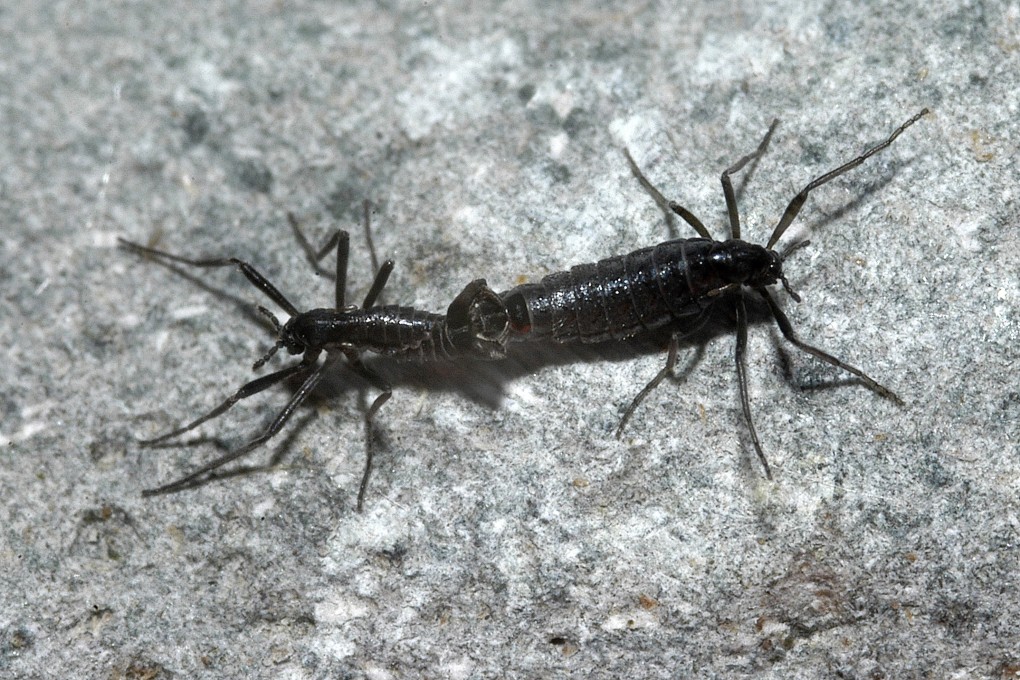Miniscule midge survives in frozen Antarctic environment
Antarctica's only native insect, a minuscule midge, may rely on a no-frills genome to survive being frozen, dehydrated and blasted with radiation in an ultra-tough environment, scientists say.

Antarctica's only native insect, a minuscule midge, may rely on a no-frills genome to survive being frozen, dehydrated and blasted with radiation in an ultra-tough environment, scientists say.
Slightly bigger than a flea, the wingless bug spends most of its two-year larval stage frozen in the Antarctic ice before emerging for 10 days to mate and lay eggs on the continent's equally hostile surface, and then die.
Apart from resistance to freezing and intense ultraviolet radiation from the sun, the midge can tolerate losing up to 70 per cent of the water in its body cells. Most animals won't survive losing more than 20 per cent.
"Few animals can boast of being as tough as the Antarctic midge," said a statement from Washington State University, which took part in a project to sequence the midge's genome.
What the team found surprised them - the midge's genome was the smallest yet observed in an insect.
"It's tiny," said Joanna Kelley of the university's school of biological sciences and one of the study authors. "That was a huge surprise."